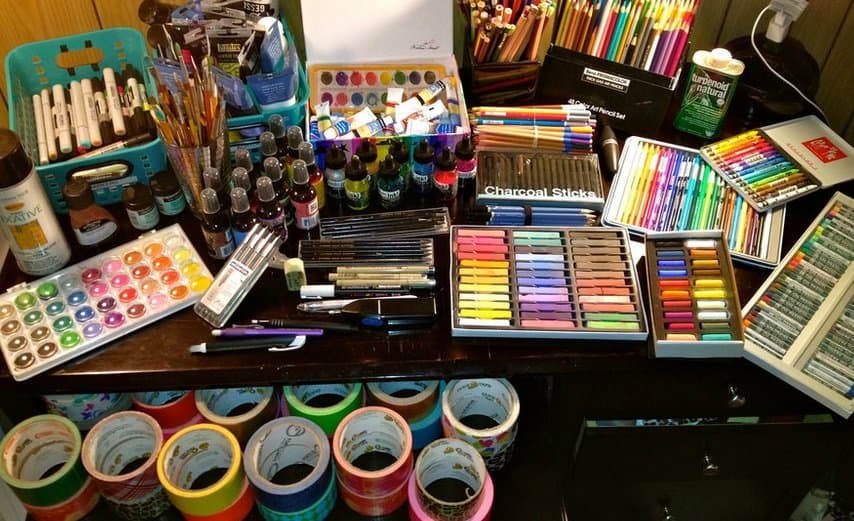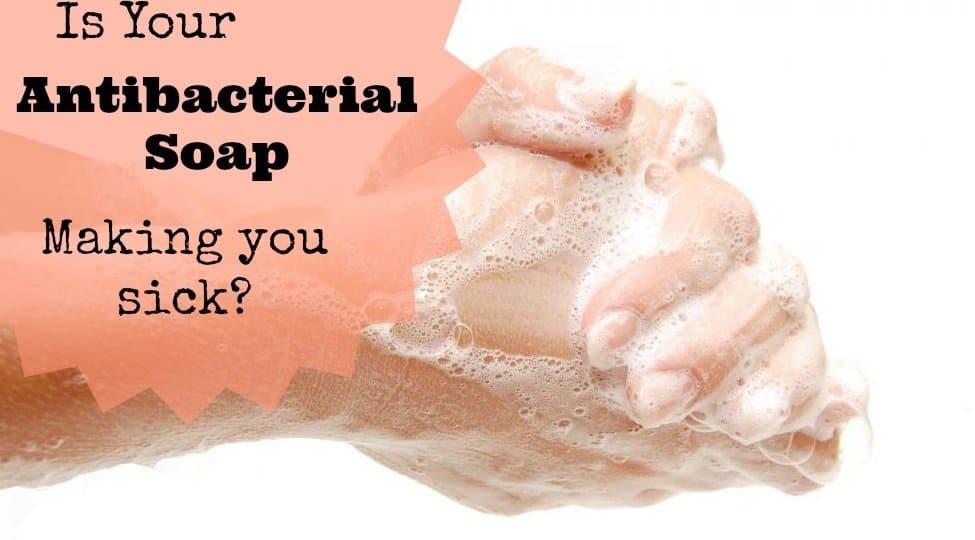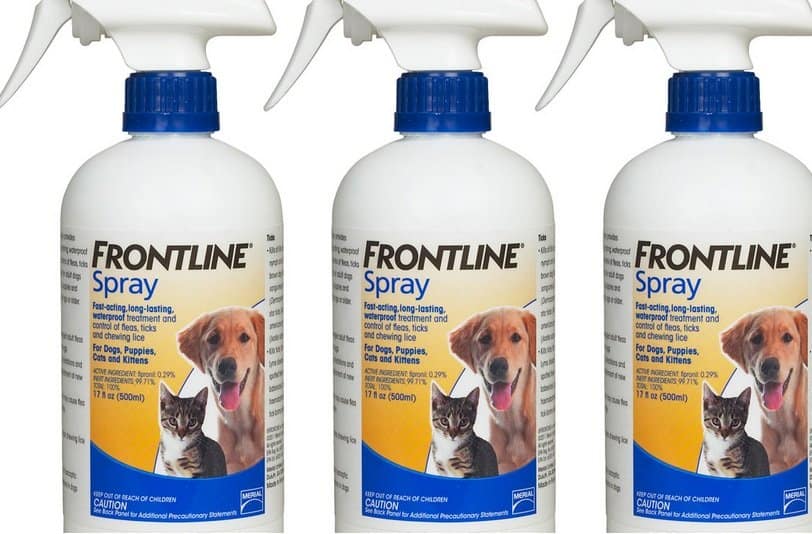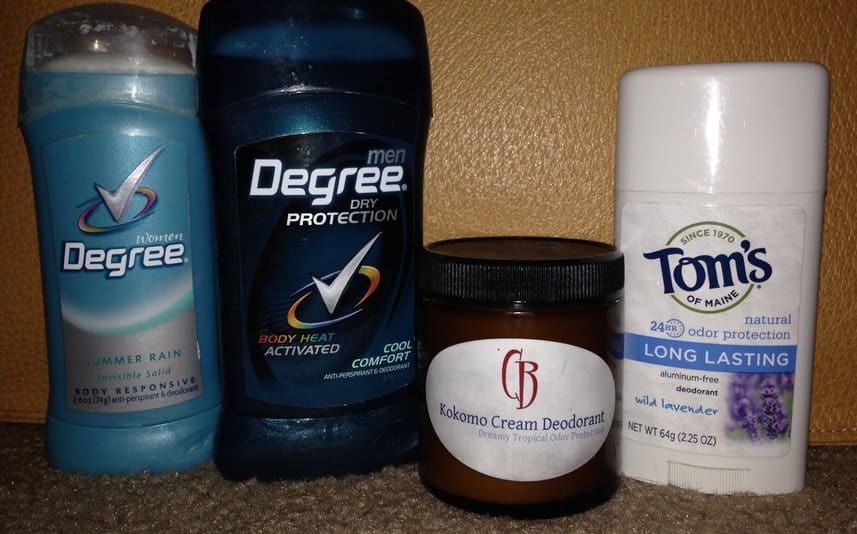10 Everyday Household Items Linked To Cancer
Design, Lists, Other, ShockingGiven poor government regulation, several of the cleaning products available on the market contain carcinogens such as naphthalene, methylene chloride, nitrobenzene and formaldehyde, as well as hormone disruptors and reproductive toxins. Not to mention other ingredients that lead to asthma, allergies, brain damage, kidney damage and liver damage. However, there are a host of household items, other than items used for basic cleaning, that usually contain carcinogenics. This list contains 10 everyday household items that are linked to cancer.
Hygiene And Beauty Products
According to the Cancer Prevention Coalition, hygienic products such as particular brands of toothpaste and talcum powder carry traces of carcinogens. Also, beauty products such as hair dyes, conditioners, shampoos and liquid foundation have been found to carry carcinogens.
Insulation In Houses
The insulation placed inside the walls of houses carries chemicals that are known to cause cancer in people after a long period of exposure. Fiberglass insulation is found in 90% of U.S. households – and it is airborne, raising the lung cancer risk among other respiratory complications.
Air Fresheners
Air fresheners are a staple in most U.S. households; however, traditional air fresheners are a hotbed of toxic substances that could leave people chronically ill, brain-damaged or infertile. Tests conducted by the Natural Resources Defense Council showed that most air fresheners contain phthalates that interfere with male hormone production.
Also, most air fresheners are loaded with cancer-causing volatile organic compounds that interfere with cellular regeneration, respiration and reproduction.
Candles
Some scented candles are toxic. According to the U.S. Consumer Product Safety Commission study, about half of the scented candles on the market have lead wiring in their wicks that is released into the atmosphere upon burning. The lead may make the wicks more stable; however, it leads to behavioral disorders, hormone disruption and many other health problems.
Also, a lot of candles are made of paraffin wax that creates two toxic compounds, toluene and benzene, when burned. Both compounds are carcinogenic.
Art Supplies
Many of the glues, drawing utensils, acrylic paints and solvents and epoxy materials used to create art contain chemicals associated with cancer, organ damage and allergies.
Shower Curtains
Several shower curtains are made from toxic chemicals called volatile organic compounds that are known to damage the kidneys, liver, central nervous system and respiratory tract.
Tanning Beds
Several people think that using a sunlamp, booth or tanning bed to get a tan is safer than tanning outside in the sun. However, the fact is that indoor tanning exposes skin to ultraviolet rays. Ultraviolet rays can cause dark spots, rashes and wrinkles. Furthermore, individuals who start tanning during early adulthood or adolescence have a greater risk of melanoma, the most dangerous type of skin cancer.
Antibacterial Soaps
Triclosan is commonly found in liquid antibacterial soap, whereas triclocarban is the active ingredient in deodorant and antibacterial bar soaps. Both triclosan and triclocarban are carcinogens. These chemicals react with free chlorine in tap water to form dioxins. Dioxins are neurotoxins that can lead to immune system disorders, nerve disorders and cancer. People can absorb triclosan and triclocarban through their skin.
Pet Care Products
People readily treat their pets with chemicals. When a flea infestation happens, it is most convenient to douse the fur of the pet in an anti-tick and flea solution. Dog and cat flea collars carry the harmful pesticide propoxur, a neurotoxin known to be dangerous to people.
Antiperspirant deodorants
Many people use antiperspirant deodorants everyday to cover up foul body odor. However, these deodorants are out of the question if you want to avoid chemicals such as aluminum chlorohydrate. Aluminum chlorohydrate can absorb directly into the skin and is known to enhance breast cancer formation.












